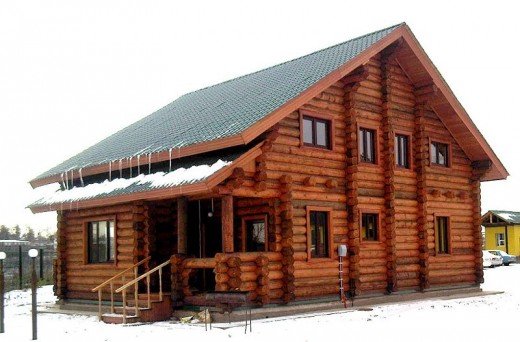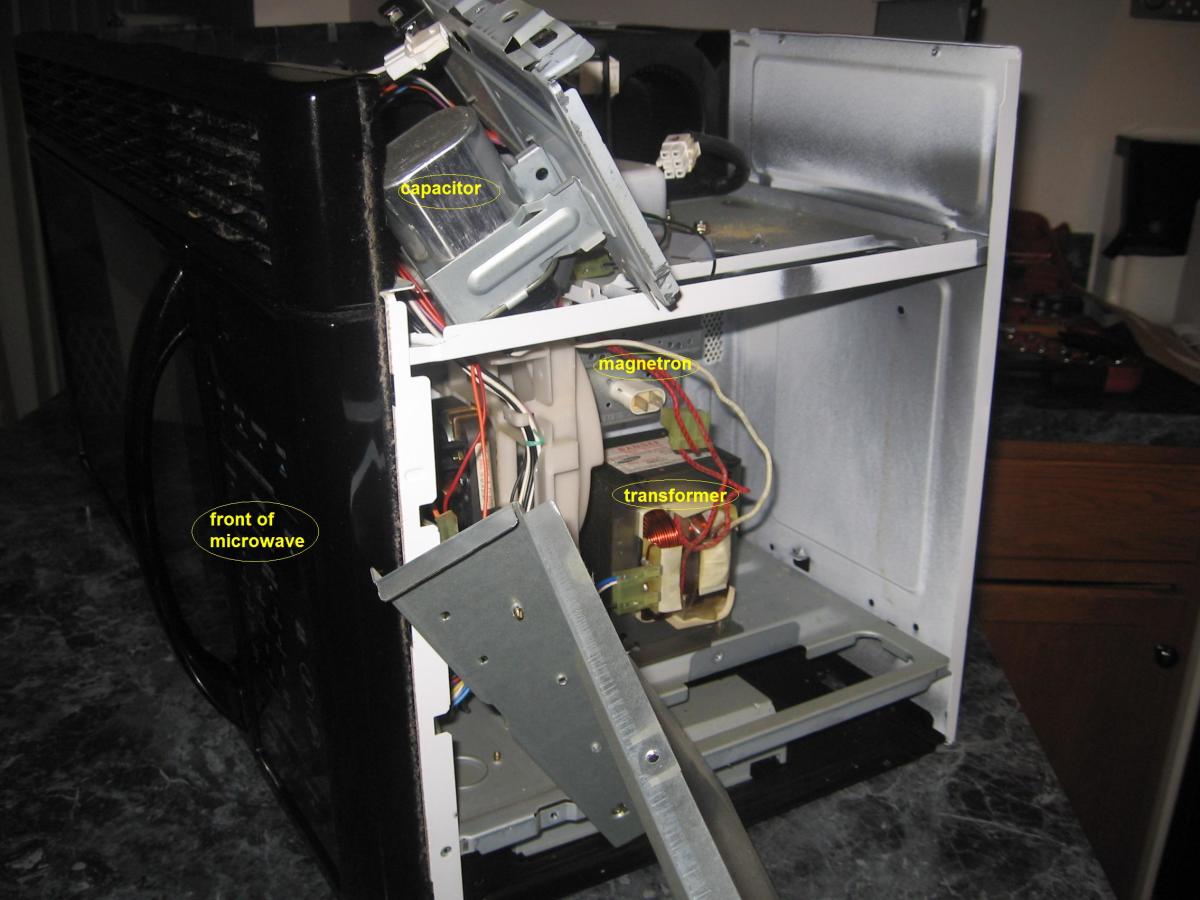How To Save Money When Buying A New House
MONEY-SAVING TIPS ON HOW TO BUY A NEW HOUSE
Buying a house is perhaps the greatest purchase most of us will ever make in our lifetime.
For that reason alone, it's wise to know what you're getting into. It's also smart to have done your homework before you buy.
Once you do decide that buying is what you want to do, then there are some ways to save money from the very beginning.
Let's look at some tips on how you can get the best bang for your buck when it comes to purchasing a new house.
8 TIPS ON HOW TO GET THE MOST FOR YOUR MONEY BUYING A NEW HOUSE
1. Get real. Can you really afford the house? Are you going to be able to pay for it for at least several years before moving? You should never spend more than 2-1/2 times your income on a home. You should also not buy a home if you don't plan on staying for at least several years, preferably 5 because you will probably lose money on it if you try to sell it before then.
2. Don't fence me in. These days, most things when buying new construction homes are add-ons. Do you have kids? Do you have pets? If you do, then you probably are going to want a fence included and already up when you move in. Calculate how much it will add on to your mortgage and if it's possible, do it yourself. You will save money in the long run and not have it tacked onto your mortgage.

3. You floor me. Flooring should be a major consideration when purchasing a new home. It also can considerably increase the cost of the home dependent upon what floor covering you go with. For instance, we bought a new home and the majority of the home was designed to have carpeting with several tiny areas of linoleum. Since we have 2 malamutes and we live in high mountain desert where is constant windblown pumice, that just was a disaster waiting to happen. We felt that increasing the value of our home with tile floors throughout was worth adding to the price of the home.....for ease of maintenance but also for durability and the non-replacement factor!
4. Windows of the world. Windows are perhaps one of the most important investments in a home and when you're talking about new construction, it's best to make sure you have the best windows you can afford from the beginning. They will keep your house warm in winter and cool in summer so make sure your windows are quality windows. If not, upgrading them is a must in terms of add-ons to new construction homes.
5. Running hot and cold. Having quality
heating and cooling systems
installed is best done when purchasing a new home. The
last thing you want to have to do is replace or repair a heating or
cooling
system within a year or so of moving in. Ask about the products that are
being used in your home including how
much insulation as this will also help with heating and cooling
throughout the
life of your home. Much better to start
out right in this regard than have to redo it later. Also be sure and
inquire about green air conditioners and heating systems as you'll
probably get a tax credit if those are installed.
6. All hands on deck. Any outside additions to your home such as decks, patios or landscaping need to be weighed carefully. Do any of these things come with the purchase of your new home and if so, will you need to change them later because for instance they are too small? On the original plans for our home, there was a nice deck which ran about two-thirds of the way across the house but had no stairs down. Since it was a 2-story house, that would have been really inconvenient having dogs. It also would be a bad idea if you needed an escape from fire for instance. So we weighed how much it would cost later to add on to the deck and decided it would be best to have it done with the construction of the house.
7. Trade up. Whatever you can afford from the
beginning is
worth asking for a trade up or better grade but only in certain areas.
Having a better grade stove, dishwasher or
microwave makes sense because these will be used for years to come.
Also upgrading sinks, tubs, and toilets makes
sense rather than redoing them later. Think about upgrading sink
fixtures while they are being put in as well
to avoid costly bills later if you want to upgrade. But you have to
seriously think about some of the other add-ons that will drive your
mortgage up higher and higher and really won't give you that much value
in return.
8. Do It Yourself Pays Off. If you can do some of the things yourself, you will be better off financially for it. For instance, we knew that putting down tile throughout the home was just not within our skill set so we went with that add-on right away. Likewise the fence and the deck. We also upgraded the sinks, appliances, and bathroom and kitchen fixtures. However, we saw that we were dangerously close to spending too much on our mortgage and called it quits. We did the rest over the next several years and just paid cash for it.
HOW TO SAVE MONEY WHEN BUYING A HOME
Here's a look at some of the projects we tackled over the past 5 years.
All the projects are paid for and not part of our mortgage....which is a great thing!
- Landscaping - we took the house with no front yard and no backyard put in. They were semi-leveled but our backyard was nothing but a huge slope. We eventually terraced that ourselves. We sodded the entire property ourselves. We also bought small perennials, bushes and trees and planted those ourselves as well as doing all the rockery work ourselves. If we had had this professionally done, we would have spent in excess of $30,000 and I can't imagine the tack-on cost to our mortgage.
- Painting - even painting today can be an add-on cost! We did pay an extra $1000 to have white baseboards, doors and closets. The policy at least in this part of the country is to paint everything the same color. You're also charged for any accent walls or any colors other than the most basic. So we took it as is (except for the painted trim and doors) and later painted one room at a time to add accent colors. Again, it's all totally paid for.
- Window treatments - we live in an area where we get 300+ days of sun per year. In summertime, it can go up to 105 or so and we have tons of windows. For a huge amount of money, we could have added blinds onto our house fees but decided that was something we could buy ourselves and install. We ended up finding a great white plantation blind at Home Depot and spent the summer purchasing one load at a time, finishing room by room. We ended up with beautiful custom blinds that again are totally paid for.
- Lighting
fixtures - to change out lighting
fixtures would have cost a literal arm and a leg to add onto our mortgage
costs. We knew that we did not like the
fixtures that came with the house but over time, we shopped and found fixtures
and fans that we loved on sale, saved them until we had them all purchased (for really next to nothing), then had an electrician come and replace them all. It cost us $100. All paid for and the house was totally
changed. We also sold back the original fixtures to the electrician who put the new ones in and made $50 back!
- Storm doors - likewise, these were extra when the house was built if we wanted them put on and installed. We felt the price was way too high. So we went with the standard doors and then bought 2 heavy duty glass and screen storm doors at the local Lowe's. We also bought door blinds that fit on the front door window to block out sun and the same blinds for our French doors. Again, for a nominal fee, someone from Lowe's put up the storm doors and we did the door windows. All paid for and they have paid for themselves in terms of heating and cooling.
- Countertops and showers - the standard that came with the house was serviceable material for our countertops. We could have upgraded but the cost was unbelievable. The showers were basically prefab shower stalls. However, we knew that down the road we'd like to redo them. However, adding that much onto our mortgage would have been a back breaker so we just lived with them until we could afford to have them redone one bit at a time. We bought the tile ourselves on sale and then had one room done as we could afford it......by a local tile person. Again, all paid for and our counters and showers are definitely a selling feature.

In summary, when buying a new home today, it's easy for the price to escalate to overwhelming proportions but if you keep in mind some of these tips, hopefully you can avoid paying too much for the home of your dreams.
We tried to find a balance between what we wanted and what was essential for us to have from the beginning when we moved in.
There is a huge difference between want and need and we discovered that over time, we actually were able to save enough to get everything done that we had wanted originally.
The beauty of it is that it's all paid for so it is just profit for us if and when we sell.
It is possible to find the house of your dreams. Just take the time to consider your options when it comes to saving money on a new house.
Make sure you don't get drawn in by the "wow" factor and check out the total column before you sign on the dotted line!

More Information on New Construction Homes
- Buying New Homes from Construction Builders
Typically, builders would hire and pay Pasco County real estate agents to represent potential buyers who are eager to buy new Pasco Homes for Sale from them. Typically, it is the new or first-time home... - Concord NH New Construction
My name Bobby Clark and I am a Builder and Realtor and have built homes for the last 8 yrs. I have my real estate license, and I am now focused on helping Buyers buy homes that are in New Construction.... - How To Buy Your First Home in This Market
Is it an unrealistic goal to be able to buy a home in this market and afford to make the payments, as some say? Don't just take their word for it, though. Everyone's situation is different. This might... - Of Sticks and Bricks -- Why Buy New?
There is more than one reason people buy homes with experience. One may be that if other people before them took a chance on a buying a used home, it may seem like a relatively safe bet. Another... - Tips on Buying a Manufactured Home
Manufactured homes today can be as comfortable and beautiful as site-built homes. Mobile home parks offer resort-style amenities such as pools, spas, and groomed landscaping. You need to research the topic carefully before you buy. This article provi - Avoid Hidden Costs When You Buy a Foreclosed Home Fr...
Buying your dream home from a bank can be a dream-come-true for many buyers, but beware of unexpected expenses that can bust your budget or worse yet, break the deal. This article is taken from my personal experience buying a foreclosed REO property - Knowledge is Power When Buying New Construction
Considering the purchase of a new home can be an exciting experience. Once you've seen the models and make it clear to the builder's representative that you have interest in a particular floor plan design,... - New Construction Homes In New Jersey - Info you need
Currently looking through what South Jersey Real Estate has to offer? Are you thinking new construction may be the way to go? Well I am here to say that there is nothing quite like moving into a newly...









